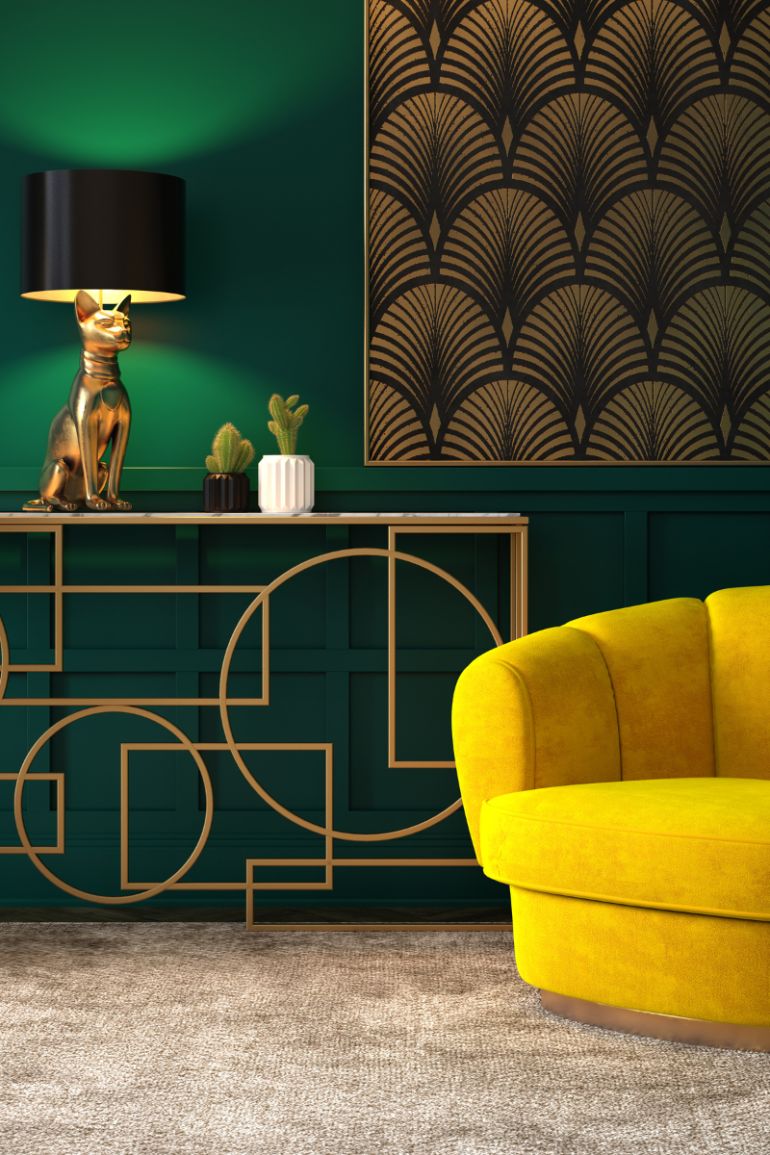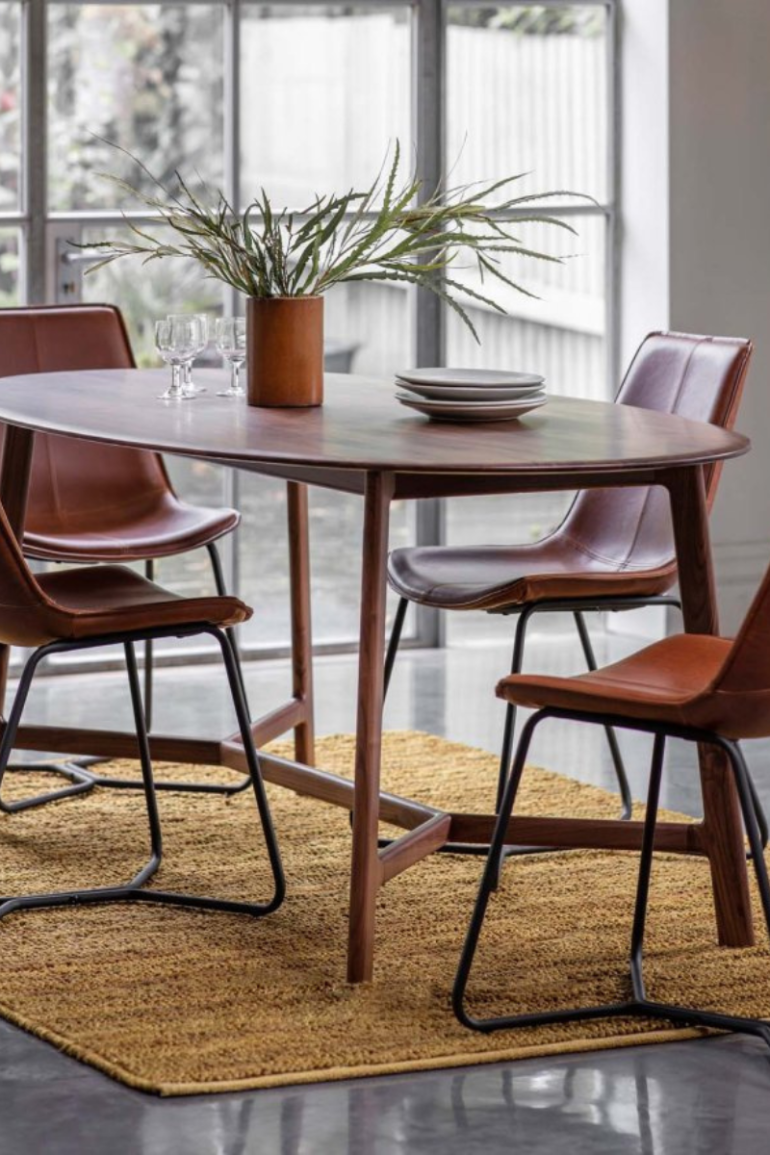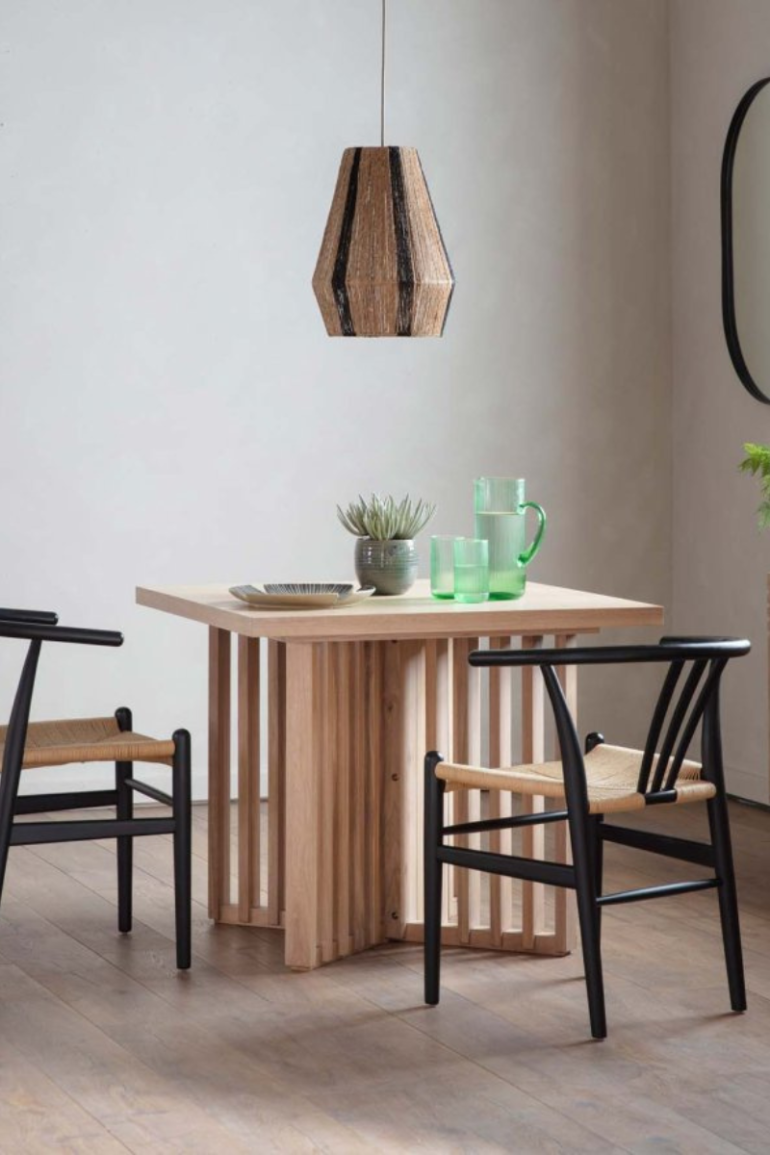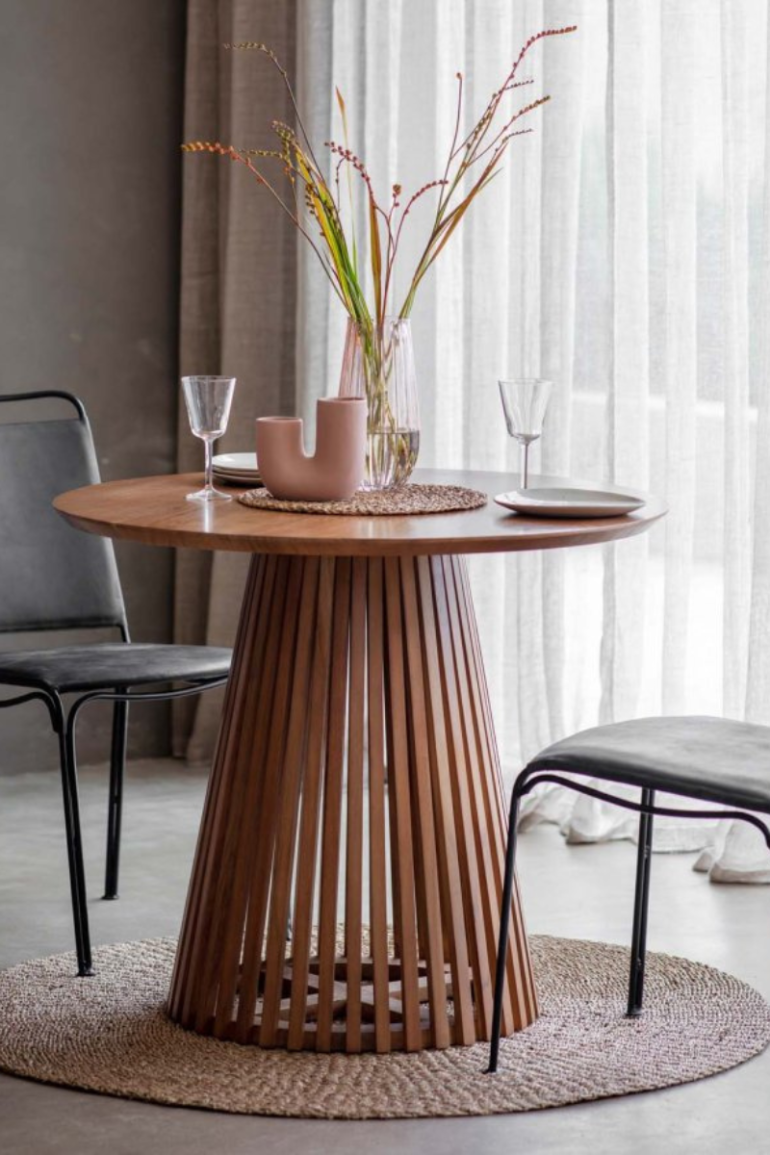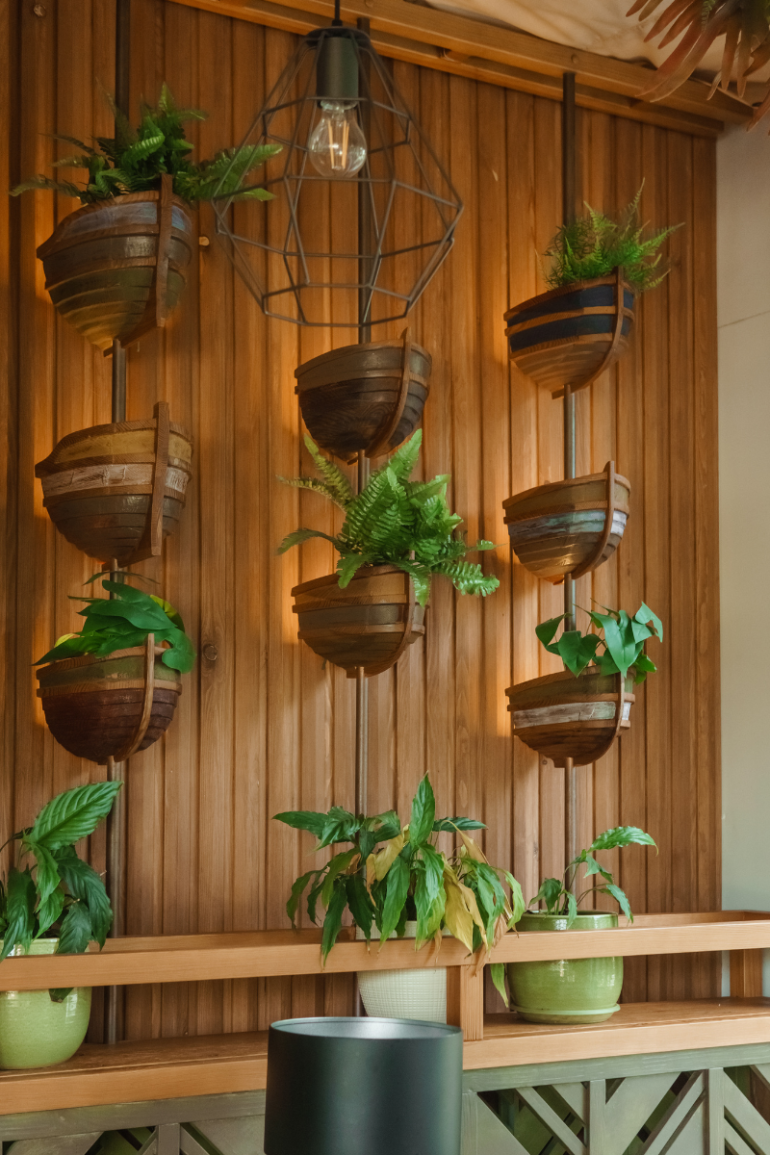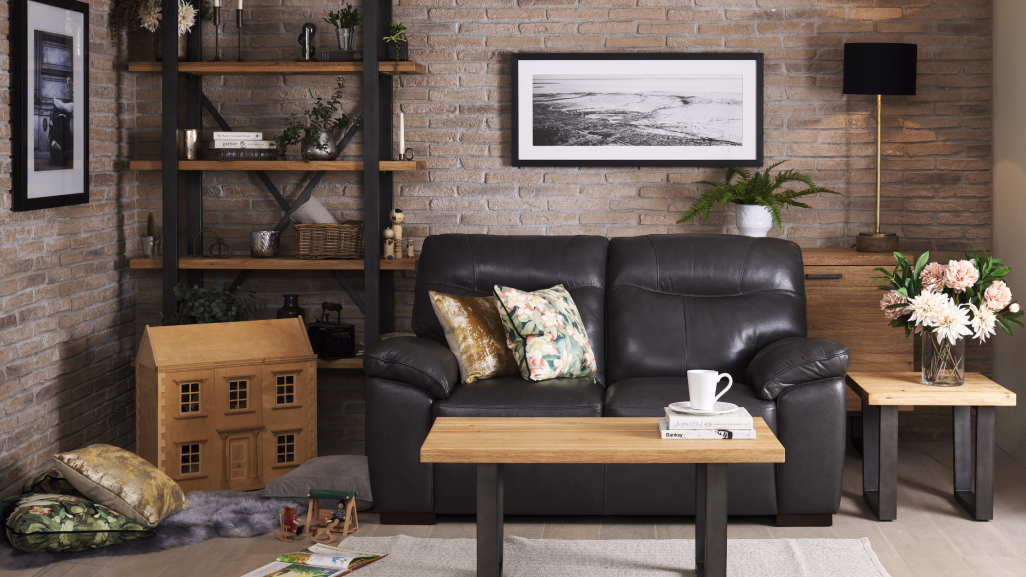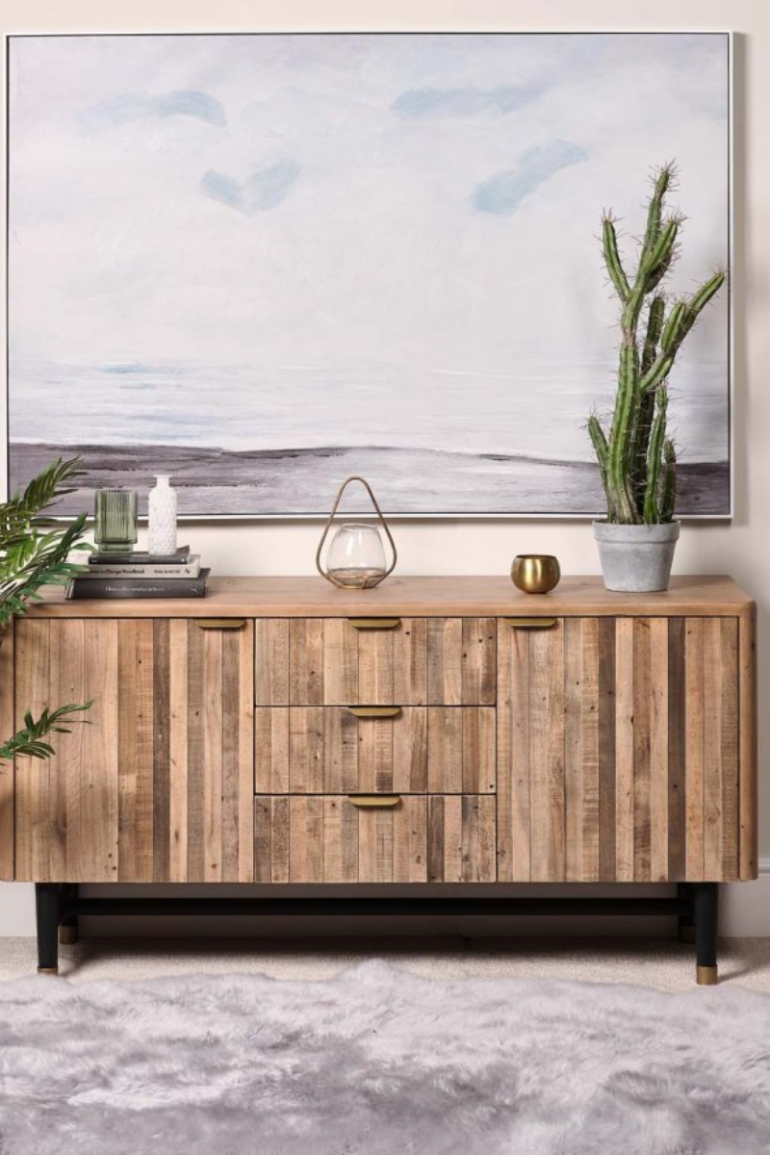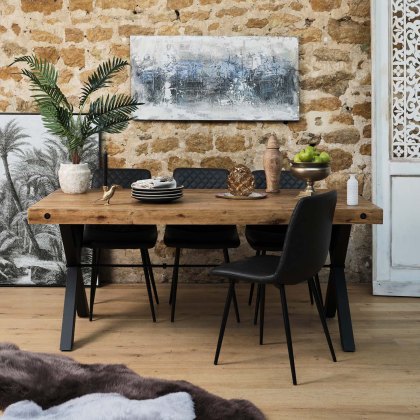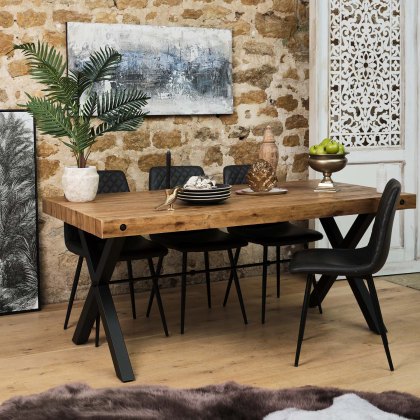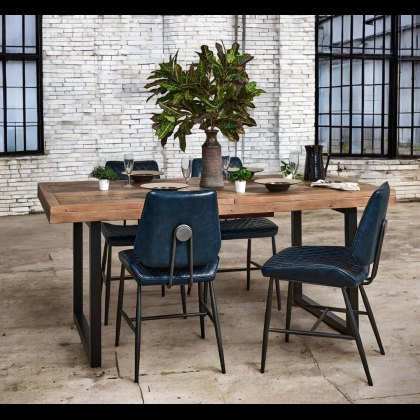Why Natural Materials are Popular in Interior Design

Humans have been crafting furniture for over 30000 years, and it is only in the last 200 or so years that we have progressed to faster manufacturing processes that involve synthetic materials. The Neolithic period saw an abundance of stone furniture pieces, while the 1930s moved on to Art Deco pieces made from plastics and metals, and, while natural wood has always been stylish, it is particularly on trend in the 2020s. So, what are the advantages of having more natural materials in your home like our ancestors did?
The Neolithic period saw the start of natural furniture
![]()
Art Deco style design uses more synthetic materials
![]()
There’s a reason all the antique furniture you see is made of natural materials like wood. It is durable and stands the test of time with a little bit of TLC, making real wood a worthy investment for homes everywhere, since it can last centuries. Best of all, you can vary which type of wood you opt for according to personal taste and often wood types are a good indicator of the period and place of origin. Darker woods were popular in the 70s and add a deep earthy tone to your home, which we know is on trend in 2023. Walnut and mango both add sophistication to a space, especially in dining tables to create a warm yet elegant dining room. Lighter, honey-hued woods like oak give a cleaner, more modern edge as often seen in Scandinavian designs.
70s interior design is making a comeback
![Madison Dining Table in Walnut]() Madison Dining Table in Walnut
Madison Dining Table in WalnutSolid and veneered oak are very Scandinavian
![Orla Square Dining Table]() Orla Square Dining Table
Orla Square Dining TableScandinavian and Japanese interiors both heavily feature simple wooden furniture due to its calming properties. The value placed on meditative design is what unites these two styles and makes the Japandi combination work. Natural materials bring the outdoors in, which is super beneficial to your mental health as well as – perhaps more surprisingly – your physical health. This is due to reduced stress, increased productivity, and ease of relaxation that all come from biophilic design. In addition to these benefits to your wellbeing, it is thought that improved cognitive function, memory, and eyesight can all be associated with the presence of natural elements in the home.
Japandi style is proving popular
![Bella Round Dining Table]() Bella Round Dining Table
Bella Round Dining TableBiophilic Design: Bringing the outside in
![]()
Living spaces thrive on relaxation and tranquillity, which is only enhanced by coordinated décor. The cohesiveness of furniture helps to promote balance and harmony which in turn provides comfort to the home dweller. Due to the universal nature of natural materials, it is easy to coordinate different pieces to make them look like they belong together and create a sense of unity in the space. Another advantage of wood and other natural materials is their timeless nature, meaning you can pair them with more modern accents to add a pop of colour or an extra edge. For example, a natural tabletop on metal legs can bring an industrial aesthetic to a dining room while still being able to match your storage and maintain a balanced atmosphere during your mealtimes. This timelessness of materials like wood and stone means that you don’t need to change your furniture with the trends; you can just swap out accessories and details to refresh your home décor to fit different design styles while the bigger ticket items remain consistent, especially thanks to their durability and ability to stay as beautiful as when you bought them for years to come. For instance, this decade has so far seen the resurgence of traditional design features in interiors, demonstrating how popular styles can be refreshed over and over.


